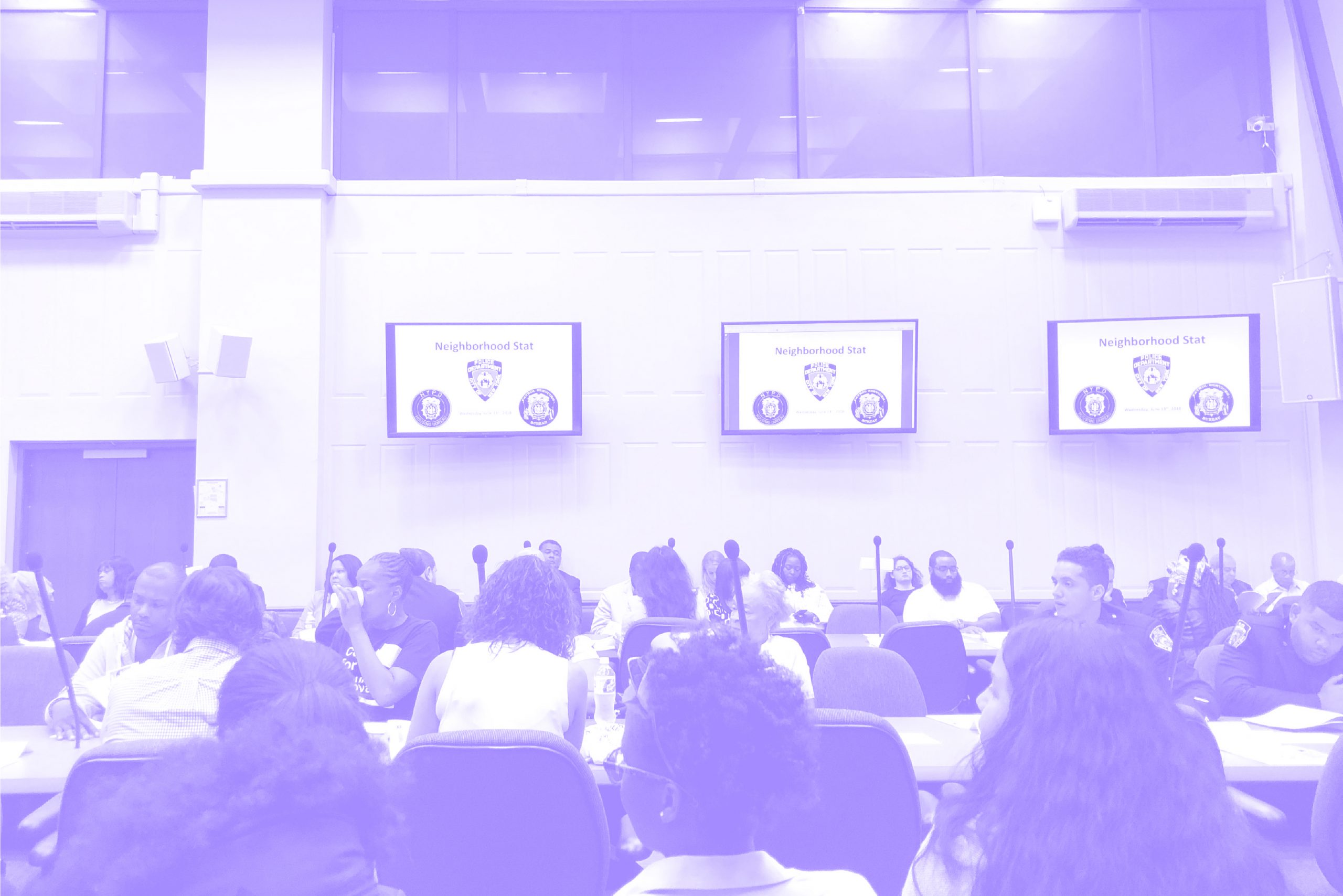We are excited to announce that our entry to Van Alen’s Flash Competition for Delancey, Grand & Essex streets received an honorable mention! We participated in the competition with Michaela Kramer from Tythe Design and Kristopher Steele, a MCP MIT Candidate. Our proposal advocates a multi-part approach including new green and public spaces, elevated walkways for both cyclists and pedestrians, a bus rapid transit system, and a corridor connecting bike and foot traffic to Sara D. Roosevelt Park.
In early 2019, the L train in New York City will shut down for 15 months to repair damage caused during Hurricane Sandy. For the hundreds of thousands of New Yorkers like ourselves who rely on the L every day, the upcoming closure has created a lot of uncertainty. The MTA, after a lot of community meetings and planning, has disclosed the intention to send 70 shuttle buses an hour over the Williamsburg Bridge. Once those buses exit the bridge, they will travel across Delancey Street. Additional bike lanes are also being proposed for Delancey Street. Meanwhile, the traffic is piling up on Grand Street from the FDR Drive to Essex Street due to changes in traffic patterns, affecting the residential makeup of the neighborhood.
The fast-paced, one-night design competition invited multidisciplinary teams to propose design solutions for moving traffic, pedestrians, bikes, and buses safely at this contested crossroads. Our proposal is inspired by our backgrounds in urban design, architecture, service design, and political science, and a desire for equitable and people-driven solutions. We propose to redesign the Essex-Delancey Corridor by prioritizing pedestrian and bicycle flows, implementing a Bus Rapid Transit (BRT) system, and activating in-between spaces as public places for gathering, recreation, commerce, and learning. The aim is to decrease congestion, pollution, and noise while providing a safe thoroughfare for commuters and an active public space for all. The solution involves four interventions that work in tandem.
First, previous parking on Delancey Street will be converted to become elevated pedestrian sidewalks on both sides. Second, BRT pedestrian platforms are built to provide opportunities for public interaction, pre-purchasing of tickets, and exhibitions on the history of the neighborhood, particularly as it connects to recent redevelopments. Third, the center of Delancey Street would be treated with landscape features and a bike path that extends from Williamsburg Bridge that transform the street into a green corridor, reflecting the geography of the historic Sara D. Roosevelt Park and connecting bicyclists and pedestrians to other pedestrian throughways. The corridor would connect to Sara D. Roosevelt Park at Forsyth and Delancey, creating a unique landmark in the area.

The green corridor will also help mitigate the predicted increase in noise and air pollution associated with the L-train shutdown. Lastly, bicyclists and pedestrians entering from the Williamsburg bridge are provided an additional route from the bridge down into the East Village on an elevated pathway that mirrors the Delancey corridor and connects to the Houston bike path. Collectively, the four interventions of our proposed solution elevate the flow and protection of pedestrian and bicyclists, ultimately increasing safety, usability, and interaction through and in the area.
Learn more about the competition at Van Alen’s website.
Kate Fisher & Jakob Winkler
Kate joins the 3×3 team as a Program Manager, bringing a depth of experience in design programs and processes for design challenges both locally and throughout Africa. Jakob, a recent New York transplant from Vienna, Austria, brings his expertise in civic engagement, urban development, and digital equity as 3×3’s new Program Strategist.



